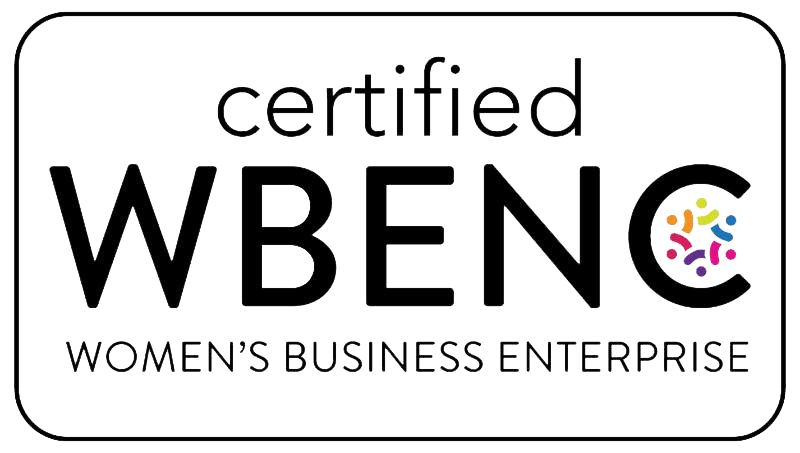Neurodivergent Learners Training: The Power of Visual Aids
In any learning environment, one size rarely fits all. This is especially true when creating training programs for neurodivergent learners, who often process information in unique ways. Incorporating visual aids—such as diagrams, charts, and videos—can make a significant difference in enhancing comprehension and engagement for all learners, particularly those who are neurodivergent.
Visual aids are more than just supplementary tools; they are a core component of inclusive learning. Research shows that 65% of people are visual learners, meaning they retain and understand information better when it is presented visually. By leveraging visual aids, organizations can create more accessible, effective training programs that support neurodivergent employees and foster a more inclusive workplace.
Why Visual Aids Matter
Visual aids offer numerous benefits that make them an essential part of any training program:
1. Simplify Complex Information
Abstract concepts or detailed instructions can be difficult to grasp when presented as text or spoken words alone. Visual aids provide a concrete representation of information, making it easier to understand and retain.
For example, a flowchart can break down a multi-step process into clear, digestible steps, helping neurodivergent learners follow along without feeling overwhelmed.
2. Enhance Engagement
Visual elements capture attention and hold it longer than blocks of text. For neurodivergent learners, who may struggle with sustained focus or sensory processing, dynamic visuals like videos or animations can make learning more engaging and enjoyable.
3. Accommodate Different Learning Styles
While many neurodivergent individuals are visual learners, others benefit from a combination of auditory, kinesthetic, and visual approaches. Incorporating diagrams, charts, and videos into training ensures that diverse learning styles are supported.
4. Reduce Cognitive Overload
Visual aids simplify the way information is presented, reducing the mental effort required to process it. By using icons, charts, or illustrations, trainers can convey key points quickly and efficiently without overloading the learner with text.
Examples of Effective Visual Aids
1. Diagrams and Flowcharts
These tools are excellent for illustrating processes, hierarchies, or relationships between concepts. For instance, a diagram can map out the structure of an organization, or a flowchart can guide learners through a decision-making process.
2. Infographics
Infographics combine text and visuals to present data or concepts in an engaging, easy-to-digest format. They are particularly useful for summarizing statistics or explaining technical concepts.
3. Videos
Short, focused videos are ideal for demonstrating skills, explaining concepts, or providing real-world examples. Videos can also incorporate closed captions and subtitles, making them more accessible.
4. Charts and Graphs
For data-heavy content, charts and graphs help learners see patterns and relationships at a glance. These aids are particularly helpful for neurodivergent learners who excel at recognizing visual patterns.
5. Visual Schedules and Checklists
These tools provide a clear roadmap for learners, outlining what to expect and helping them stay on track. They are particularly beneficial for learners who thrive on structure and predictability.
Visual Aids as a Gateway to Inclusion
Incorporating visual aids isn’t just about improving comprehension—it’s about creating a more inclusive workplace culture. When neurodivergent learners feel supported and understood, they are more likely to engage fully, contribute their unique strengths, and excel in their roles.
For organizations, this means fostering innovation, collaboration, and a stronger sense of belonging across the team. By prioritizing visual aids in training programs, companies can demonstrate their commitment to diversity and inclusion while improving learning outcomes for everyone.
The Future of Learning
At MYCA Learning, we recognize the transformative power of visual aids in creating effective and inclusive training programs. Whether it’s designing infographics, producing videos, or integrating visual tools into existing content, we help organizations create learning experiences that resonate with all employees, including those who are neurodivergent.
Visual learning is not a trend—it’s a necessity in today’s diverse workplace. By investing in visual aids, you’re not just supporting neurodivergent learners—you’re enhancing training for everyone.
Ready to reimagine your training program? Contact MYCA Learning today to explore how we can help you incorporate visual aids and create a more inclusive learning environment.
Let’s make learning accessible, engaging, and impactful for every individual. Together, we can create a workplace where everyone thrives.


